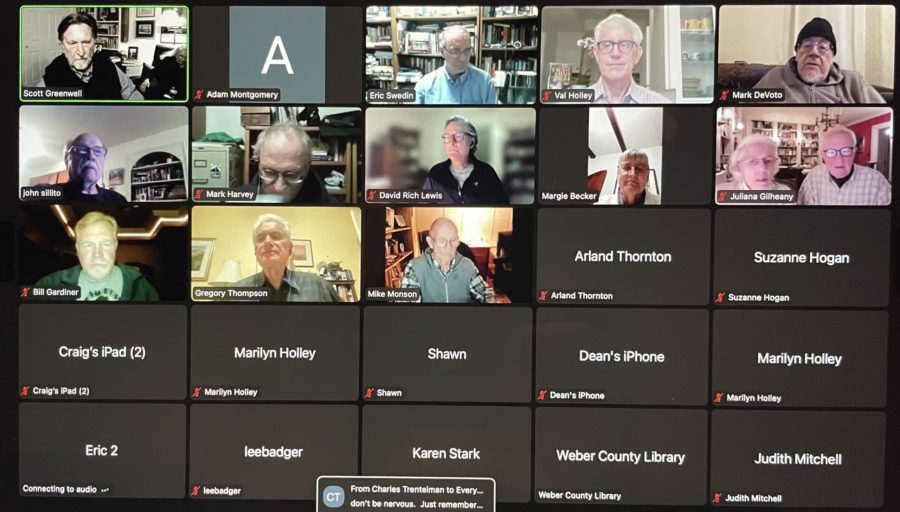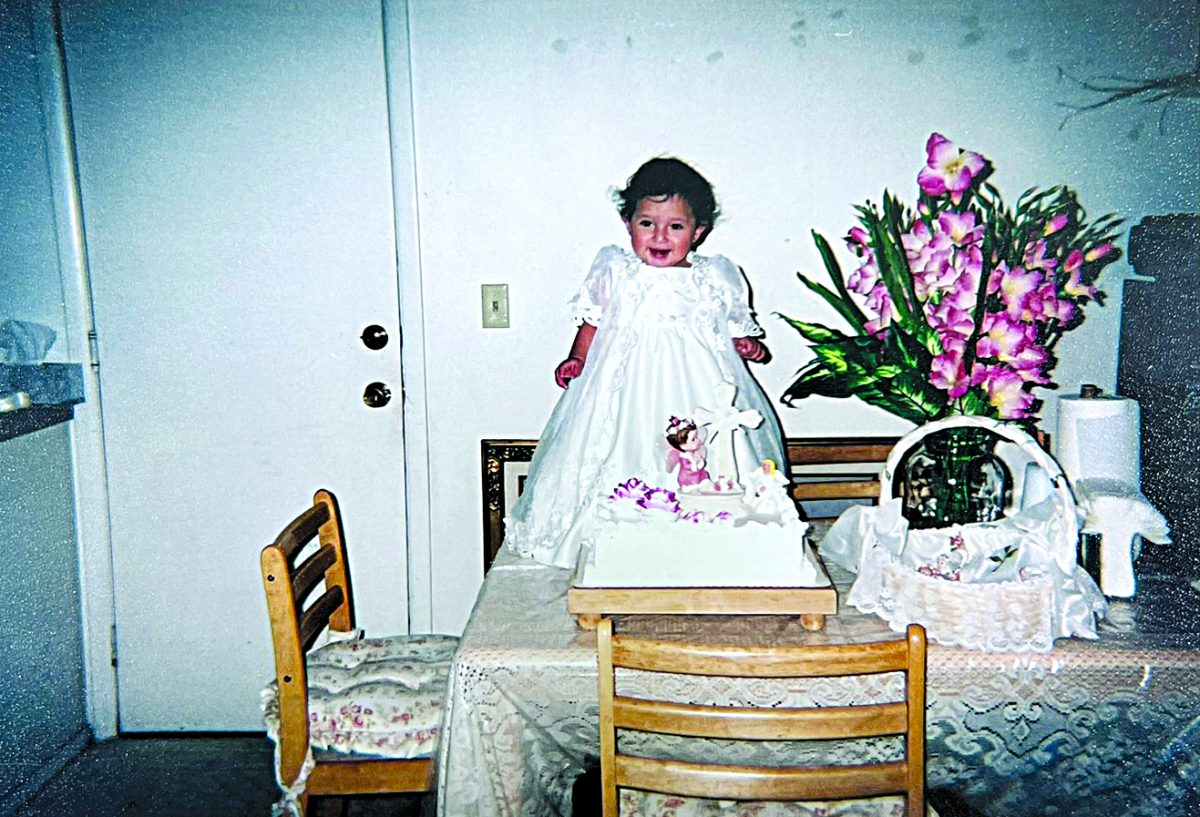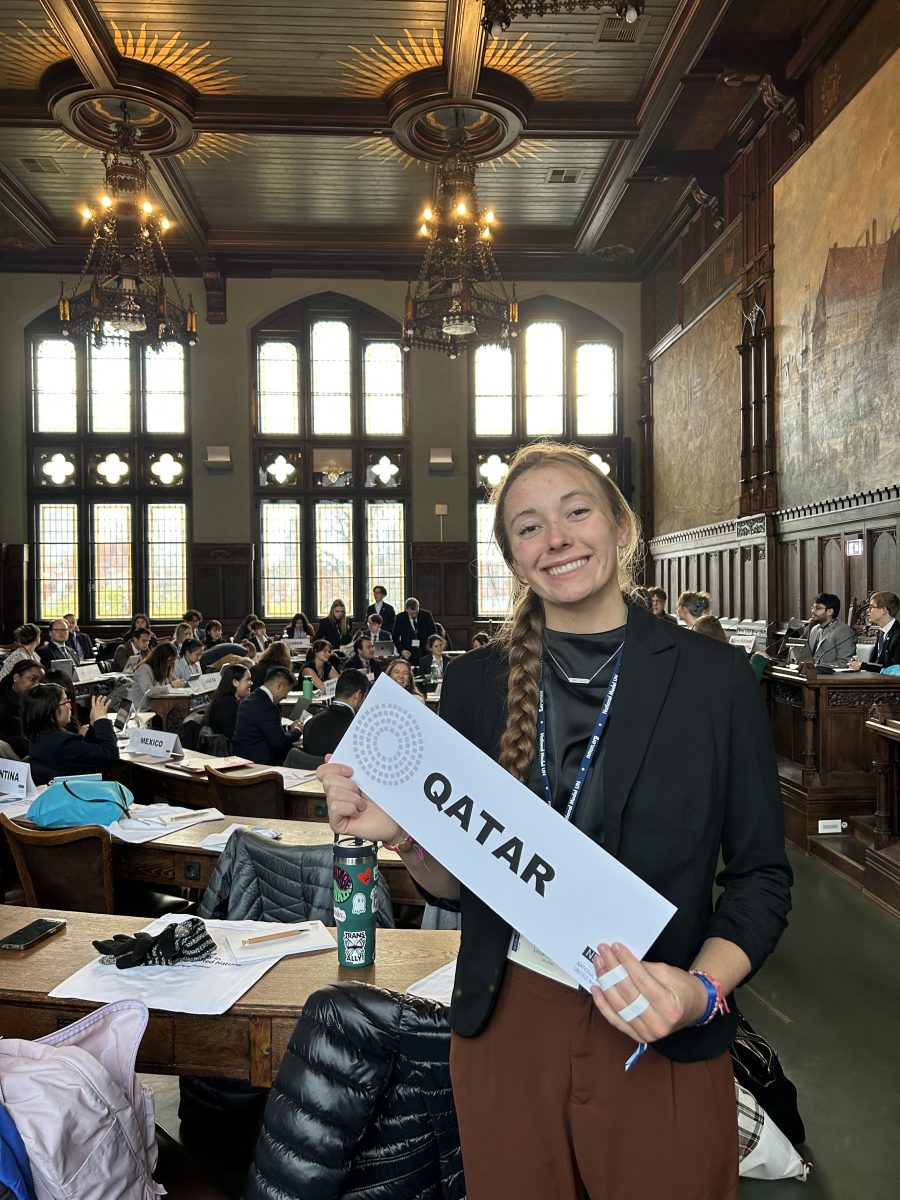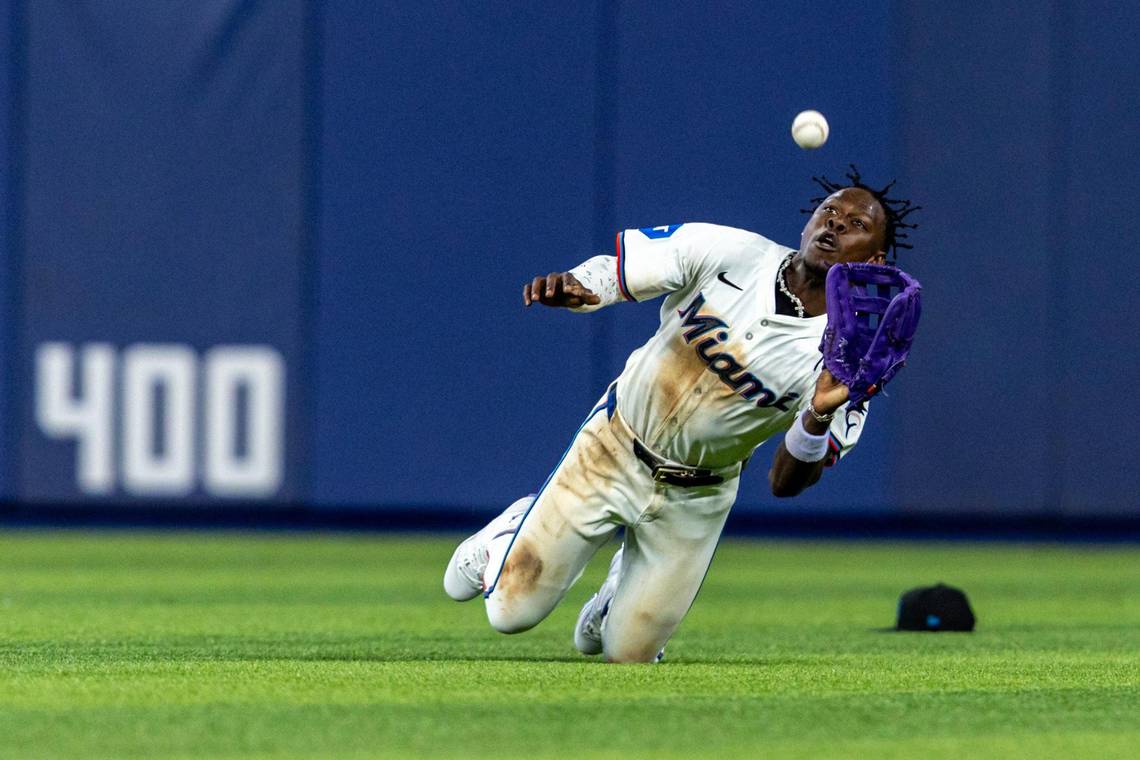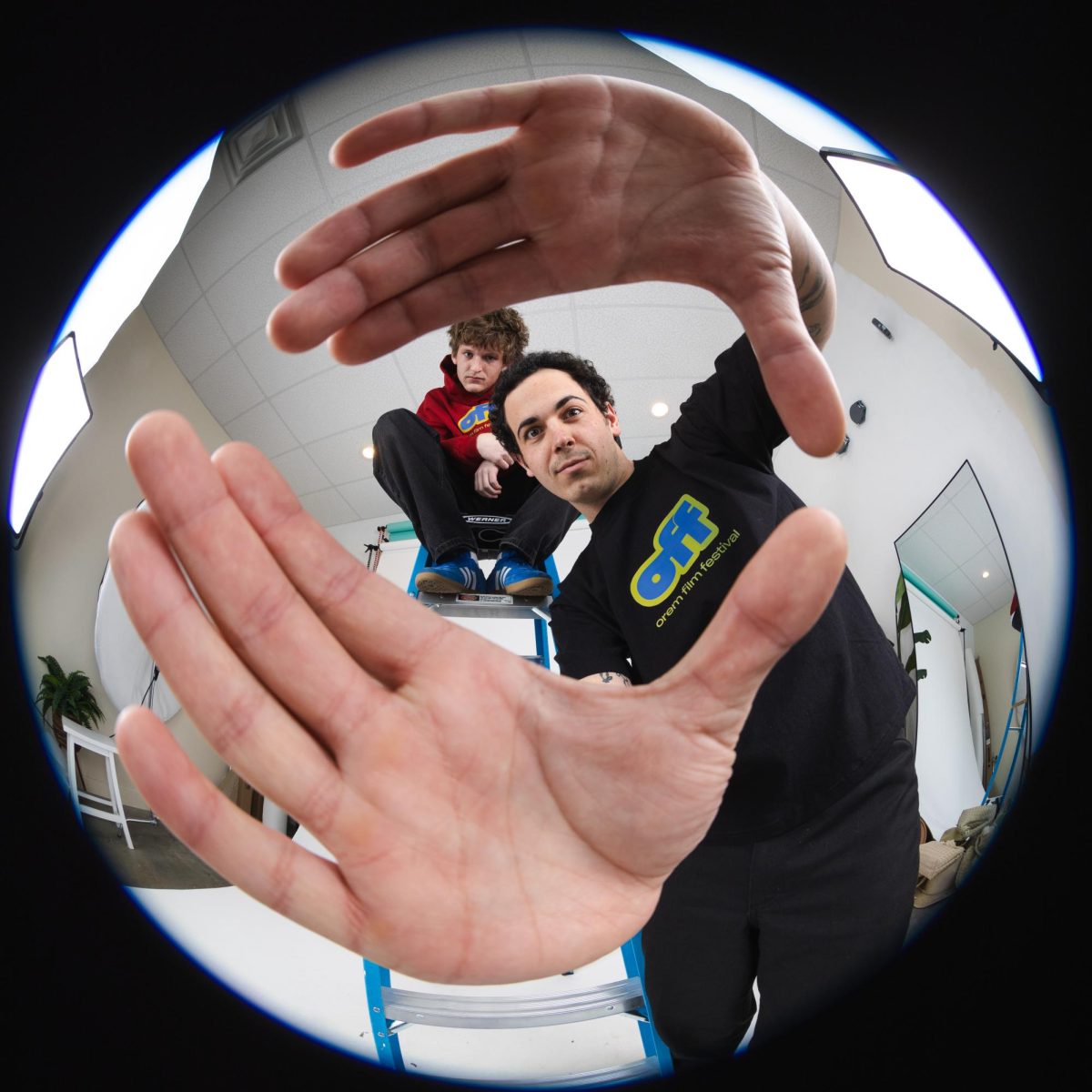
Ever wondered how fast you could hit a speed bump and live or how long a nuclear submarine would last in orbit?
“What if?: Serious Scientific Answers to Absurd Hypothetical Questions” is a great read for anyone who loves science, tech and likes to ask questions. The author, Randall Munroe, is a former NASA roboticist. He left his job to go full-time drawing his web, xkcd.com
Munroe takes questions that he answered on his other website, what-if.xkcd.com and chose some of the best. He also has put in, as the book states, 51 percent new questions that are not found on his site.
The book starts out with a witty disclaimer about the author, saying, “He likes it when things catch fire or explode, which means he doesn’t have your best interests in mind.” This is to remind the reader in clever terms, “Don’t try this at home.”
A quick view of the chapter titles can give readers a taste of what’s to come — “Soul Mates” and “Drain The Oceans” being just a couple examples.
Munroe combines the seriousness of math and science to describe the answers but throws in witty humor, high-detail graphics (stick figures) and sometimes reasons that could only be explained with the question, “Why not?”
Peppered in the book are random mentions of “Weird and Worrying Questions from the What If? Inbox.” These questions were never answered but are rather riffed on with illustrations illustrating the absurdity of the questions.
What’s nice about this book is that Munroe explains the answers in a way that makes it simpler (and more humorous) than if asked by a professor or an expert on the subject. Plus, there are pictures.
For example, concerning the question, “What if a glass of water was, all of a sudden, literally half empty,” Munroe says, discussing the “half empty, half full” concept. But rather than occupied by air, the author asks the question, “What if the empty half of the glass were actually empty — a vacuum?”
Munroe then goes on to explain the science of having a half-full cup of vacuum. Using simple-to-understand terms, and additional footnotes on the bottom of the page, Munroe describes that the cup would then shatter. Using his stick figures, the author shows what would happen if people were sitting
nearby.
He ends this chapter with wise words “If the optimist says the glass is half full, and the pessimist says the glass is half empty, the physicist ducks.”
Overall, this book is witty, entertaining and insightful. It is a great read for anyone who’s interested in the science behind some of the most absurd questions.
This book can be found online and at major retail bookstores. The price runs about $24 but is worth the price for the humor and knowledge gained from the insight of this former NASA robot master.



